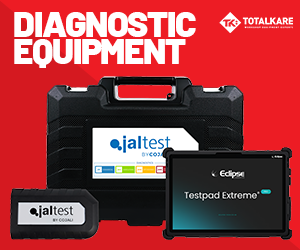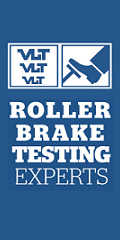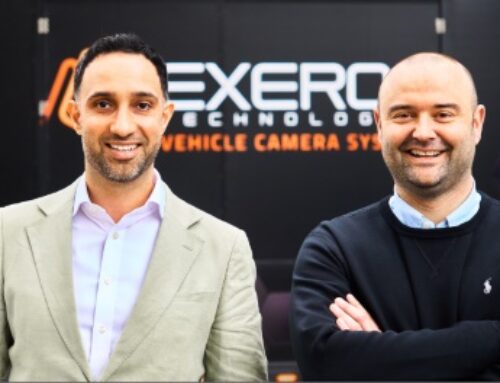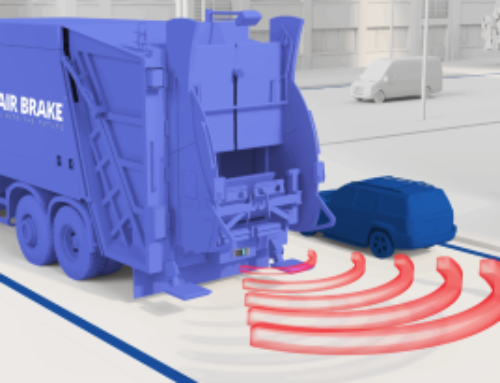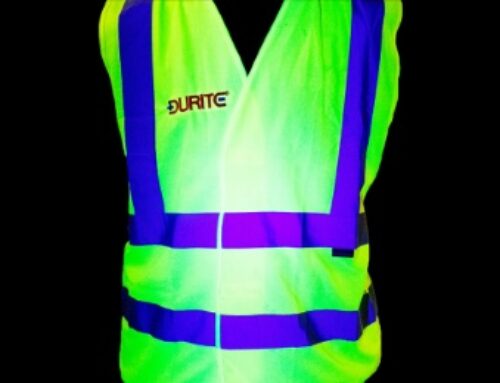The roadmap to net zero
 Sustainable technology provider Johnson Matthey highlights challenges the road transport sector will need to address, and solutions it can adopt, on the path to its transition to zero-emission vehicles
Sustainable technology provider Johnson Matthey highlights challenges the road transport sector will need to address, and solutions it can adopt, on the path to its transition to zero-emission vehicles
The entire global transport community is still coming to terms with the complexities of the transition to zero-emission powertrains, and will likely be doing so for many years – even decades – to come.
The commercial vehicle industry is playing its part, with OEMs and their suppliers working to align the evolution of their technologies with the pressure of corporate sustainability goals, while also factoring in the varied operational demands of heavy-duty vehicles.
But what are the challenges and strategic considerations that will shape the commercial vehicle transition, and how can the industry chart a practical and sustainable path forward?
Dr Tauseef Salma is Chief Technology Officer at Johnson Matthey’s Clean Air business unit, explained that ICE vehicles remain a significant player in heavy-duty applications, particularly in industries where battery electric and hydrogen powertrains are not yet practical.
She said: “Sectors such as agriculture and construction require high power on demand and consistent operation, often in remote areas where access to electricity is limited and durability is a requisite.
“In these contexts, ICE is likely to persist, with alternative fuels such as biodiesel, compressed natural gas (CNG), and e-fuels offering effective interim solutions to reduce emissions without compromising performance.”
Johnson Matthey (JM) continues to develop innovative catalytic solutions to reduce emissions from ICE, especially as fleets begin adopting these bridging fuels. It is essential that catalyst technologies target pollutants like methane, particulate matter (soot), and nitrogen oxides (NOx) and support emissions reduction across a range of alternative fuels.
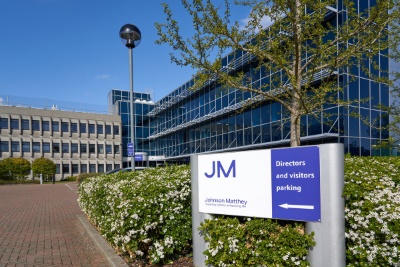 By developing efficient catalytic systems for diesel and alternative fuels, JM aims to make ICE cleaner and more sustainable as OEMs refine their zero-emission powertrains.
By developing efficient catalytic systems for diesel and alternative fuels, JM aims to make ICE cleaner and more sustainable as OEMs refine their zero-emission powertrains.
Hydrogen: a multi-faceted solution for today and tomorrow
JM has long believed that hydrogen powertrains represent a promising solution for long-haul commercial vehicles, given their high energy density and suitability for transporting heavy loads over large distances.
However, hydrogen’s full ecosystem is still developing, and limited access points remain a significant barrier. This impacts the scalability and cost-effectiveness needed to make hydrogen competitive with other powertrain options.
“Hydrogen powertrains offer distinct configurations for different applications: fuel cells, suited for medium-load and medium-distance transport, and hydrogen ICE vehicles which perform efficiently under high-load conditions. An additional advantage of hydrogen ICE is its flexibility in fuel quality; unlike fuel cells, which need high-purity hydrogen, hydrogen ICE can operate on lower-purity sources, expanding potential access points,” commented Dr Salma.
As hydrogen infrastructure expands, fuel cells will likely become a more viable option, particularly in urban or medium-range applications where high-purity hydrogen is available.
In the meantime, hydrogen ICE provides OEMs with an adaptable solution for heavy-duty transport, especially as hydrogen infrastructure and availability are expected to grow over the next five to ten years.
Battery electric powertrains and urban applications
For short-haul, urban applications, battery electric powertrains provide a practical zero-emission solution. These powertrains align well with lower power demands, shorter ranges, and urban infrastructure, making them ideal for last-mile delivery and inner-city transport.
Dr Salma said: “JM’s expectation is that battery electric vehicles will play a leading role in decarbonising urban transport as charging networks expand.”
She added: “While battery electric powertrains currently have limitations for heavy-duty, long-haul transport, advancements in battery density and charging speed may improve their feasibility in broader applications over time. In the near term, however, their deployment in urban areas represents a significant step toward reducing urban emissions.”
Policy and the case for technology-neutral regulations
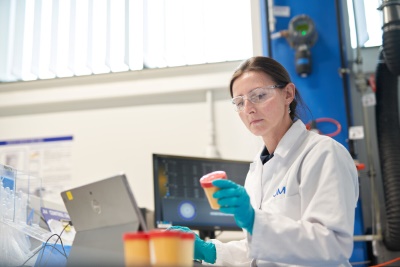 The regulatory landscape significantly influences the adoption of new technologies. In Europe, for instance, stringent CO₂ reduction targets drive innovation across powertrains and fuel efficiency. However, achieving these targets requires flexibility in the types of technologies and fuels allowed under emissions regulations.
The regulatory landscape significantly influences the adoption of new technologies. In Europe, for instance, stringent CO₂ reduction targets drive innovation across powertrains and fuel efficiency. However, achieving these targets requires flexibility in the types of technologies and fuels allowed under emissions regulations.
Technology-neutral policies would permit OEMs to use various options, from biofuels and CNG to hydrogen and electric powertrains, helping to ensure that optimal technologies go to scale, while the industry continues to evolve.
Policy adjustments that permit alternative fuels, such as biofuels and hydrotreated vegetable oil (HVO), would allow ICE to remain part of a sustainable solution during the transition to full zero-emission technologies.
For example, while hydrogen and electric solutions hold promise for the future, biofuels can provide substantial carbon savings in the near term, making them a valuable addition to the emissions reduction toolkit.
“Such policies align with international examples, such as China’s legislative framework, which allows a range of alternative fuel options alongside electric vehicles. A flexible policy framework would enable OEMs to tailor their approach to CO₂ reduction, retain adaptability across varied applications, and meet specific operational needs while working toward the broader goal of net-zero emissions,” said Dr Salma.
The role of advanced emissions control technologies
While zero-emission powertrains represent the ultimate goal for all vehicles, not just commercial ones, ICE will remain a critical part of the mobility ecosystem during the transition. As such, continued innovation in emissions control technologies is essential to mitigate the industry’s environmental impact.
Advancements in catalytic systems are enabling significant reductions in pollutants from both traditional diesel and alternative fuels.
“Modular approaches to catalyst design – pioneered by JM – allow solutions to be tailored to specific engine configurations and fuel types,” explained Dr Salma. “This flexibility ensures that each catalytic solution is optimally suited to reduce pollutants while meeting the unique demands of diverse powertrains.”
For example, dual injection systems, which integrate two AdBlue injection points, enhance emission control in heavy-duty applications and so achieve cleaner tailpipe emissions.
Such solutions address not only traditional pollutants like soot and NOx but also greenhouse gases including methane, ensuring that even unconventional fuels such as CNG operate with minimal environmental impact.
A collaborative path to net zero
In summary, JM believes the pathway to net-zero emissions for commercial vehicles will not be defined by a single solution. Instead, it requires a combination of technologies tailored to the unique demands of different applications. The industry must balance immediate emissions reductions with the need to develop scalable, long-term solutions.
Hydrogen and battery electric powertrains will undoubtedly play leading roles, but their adoption must be supported by continued investment in infrastructure and policy frameworks that enable flexibility. In the meantime, alternative fuels and advanced emissions control technologies provide critical tools for bridging the gap to zero emissions.
Dr Salma concluded: “JM’s ambition is to become a world leader in sustainable technologies, transforming energy and reducing carbon emissions across the full spectrum of commercial vehicle applications, providing flexible, scalable pathways that support cleaner air for everyone.”




